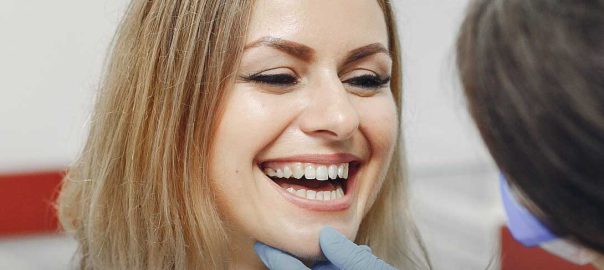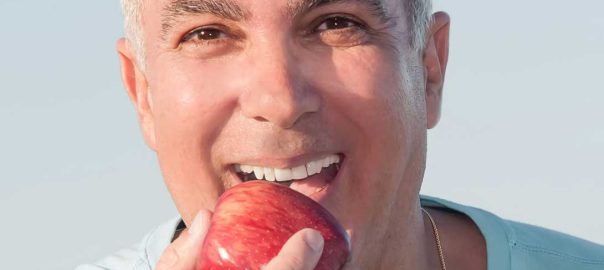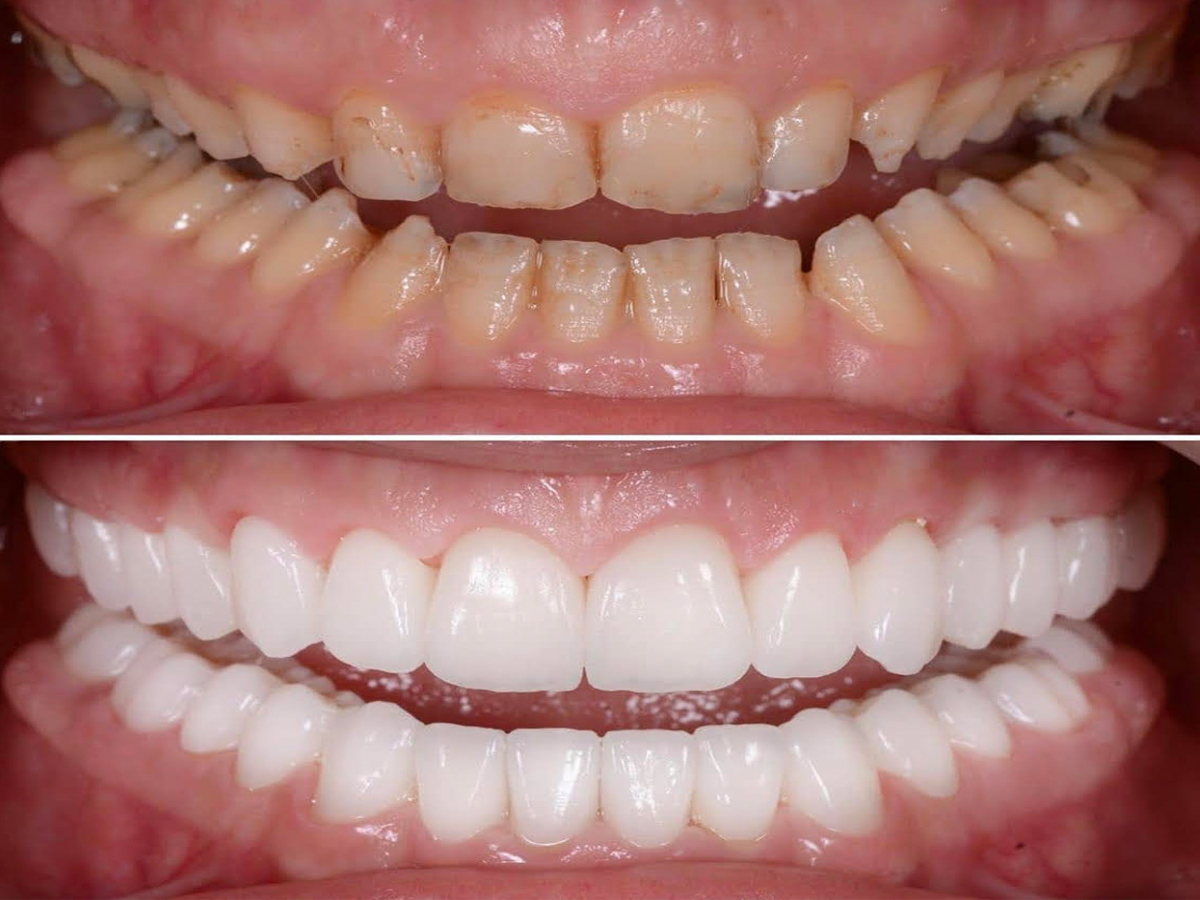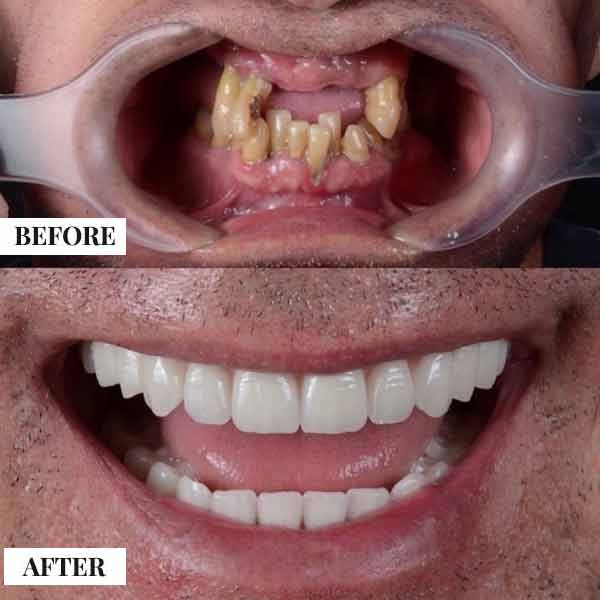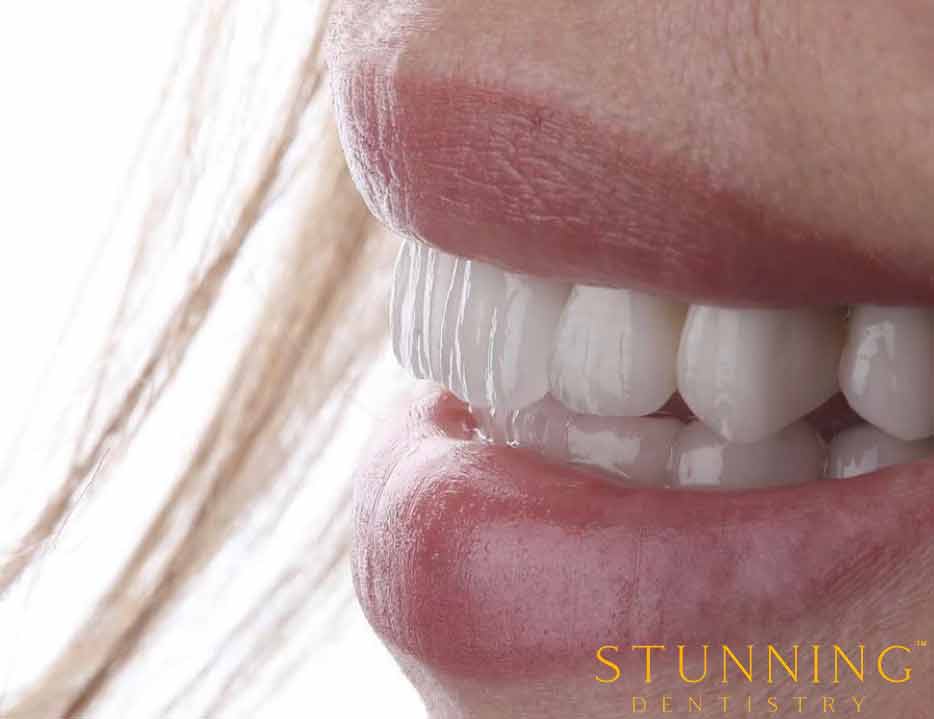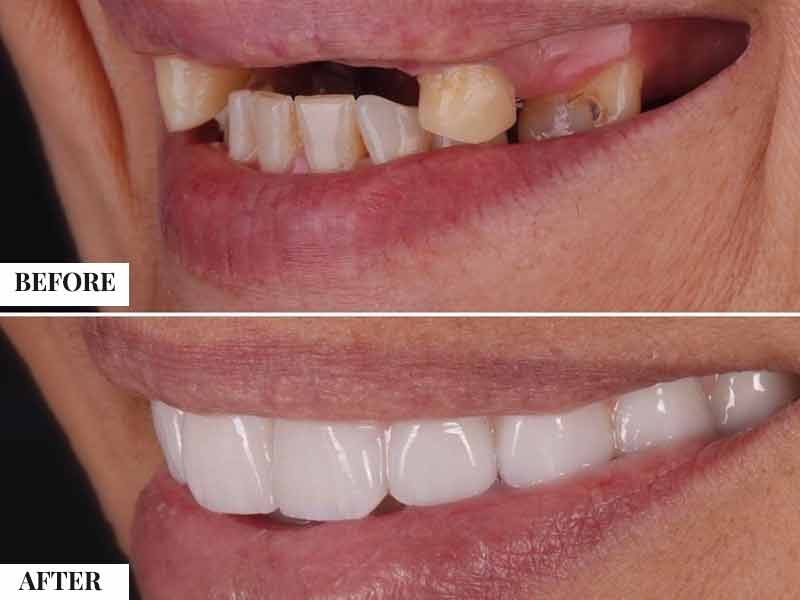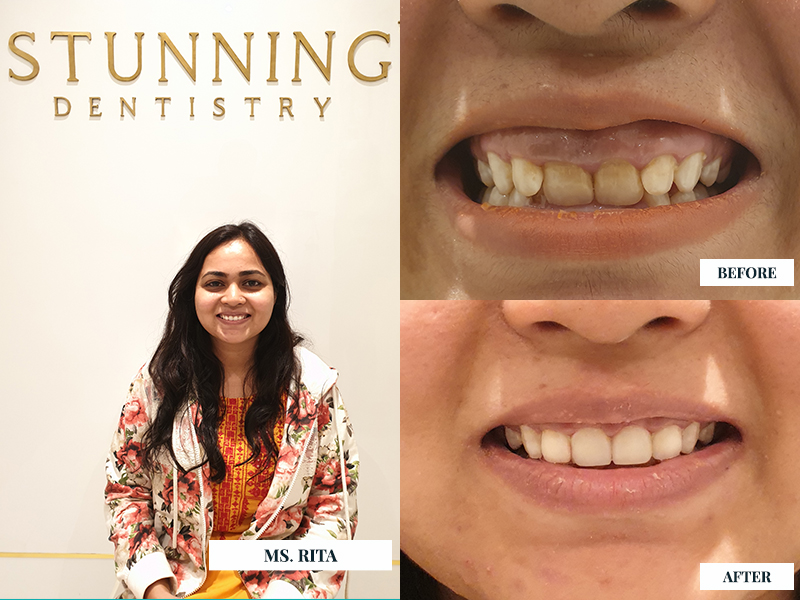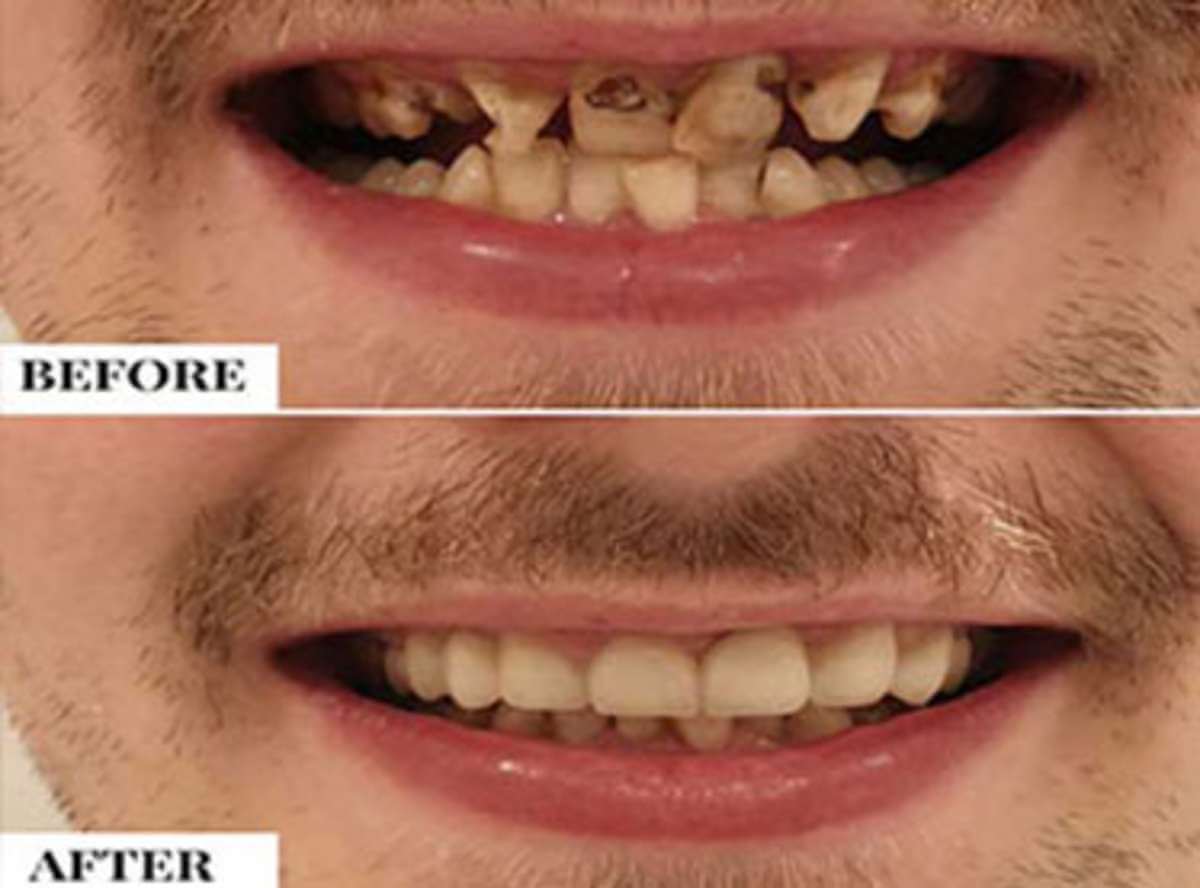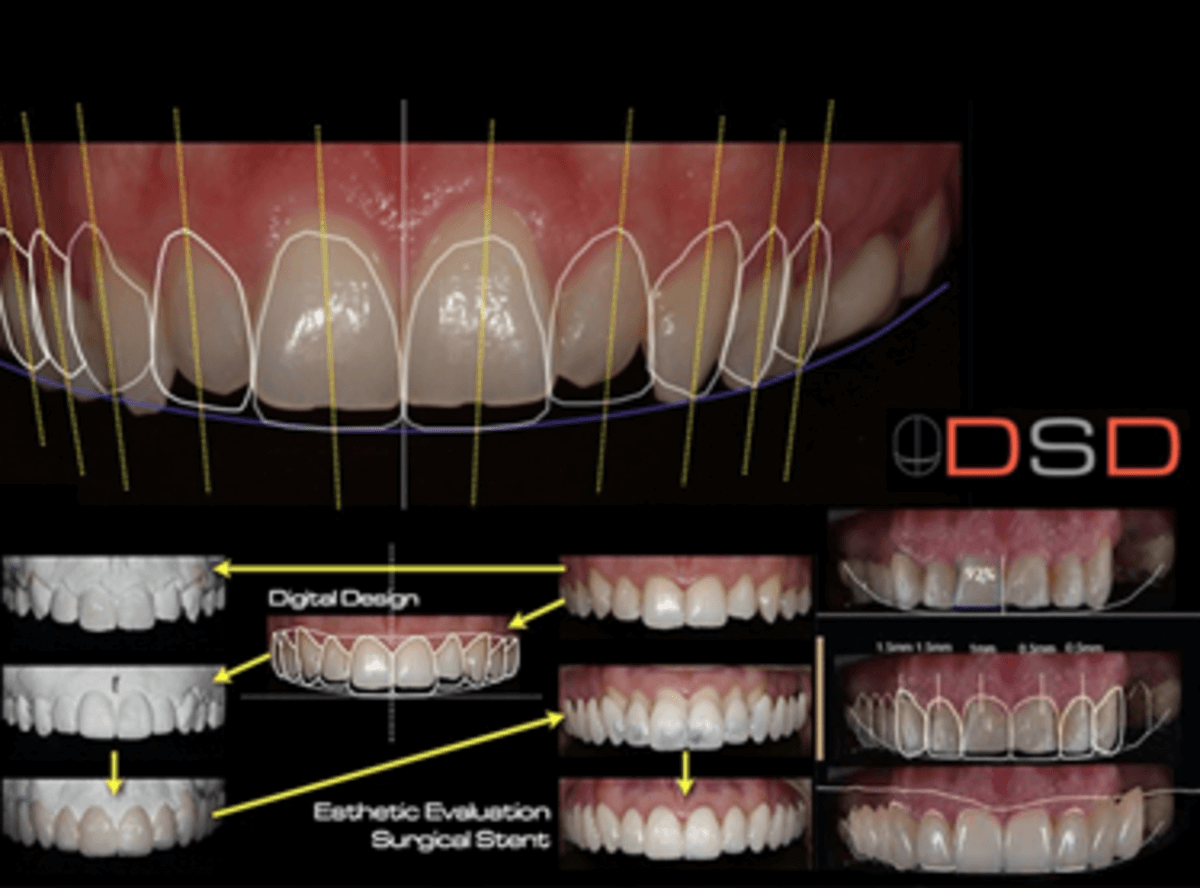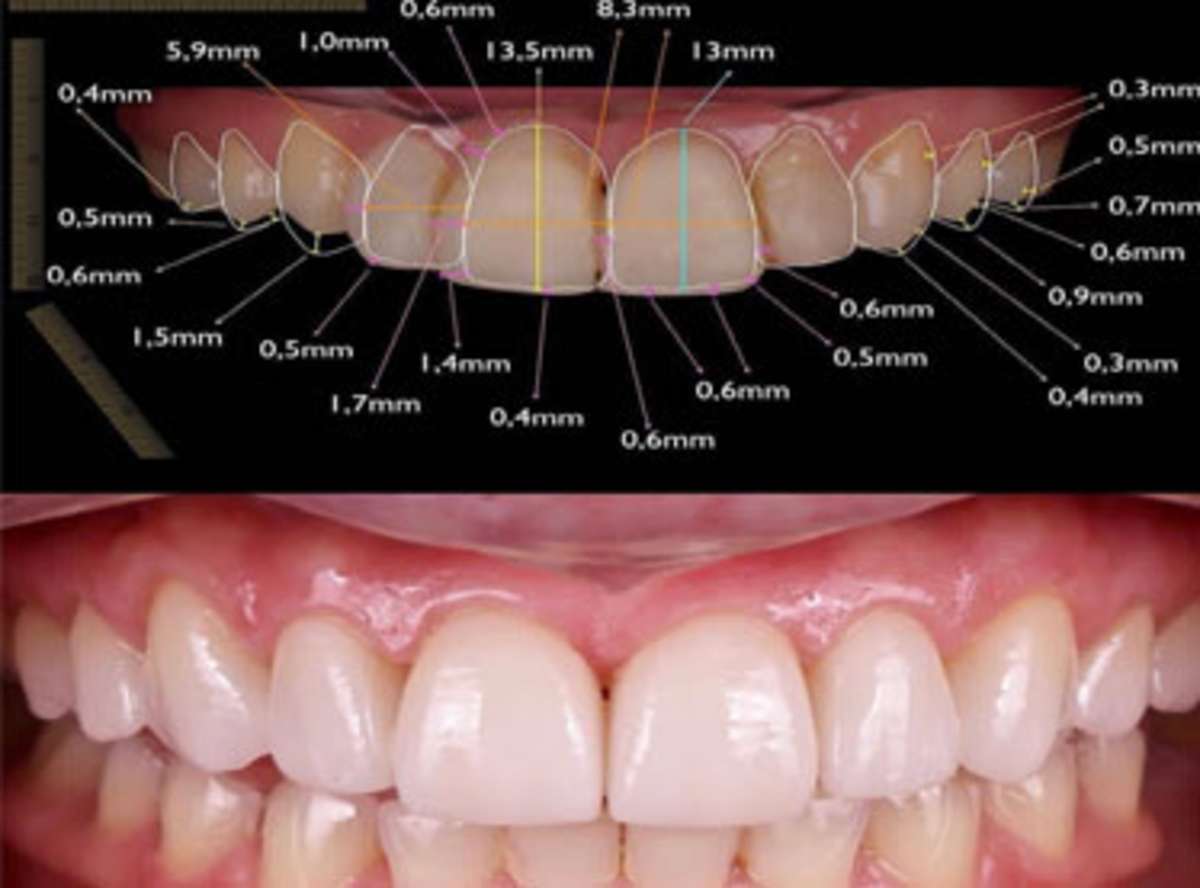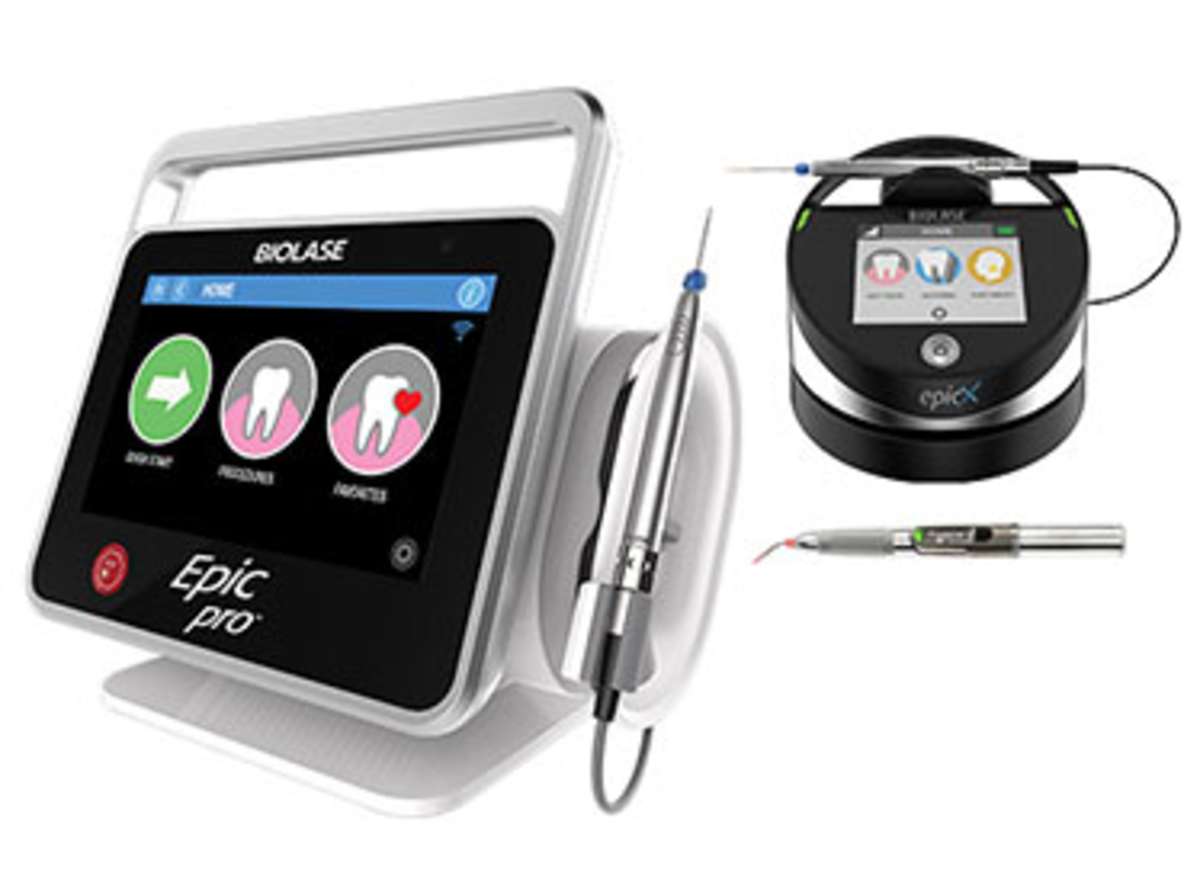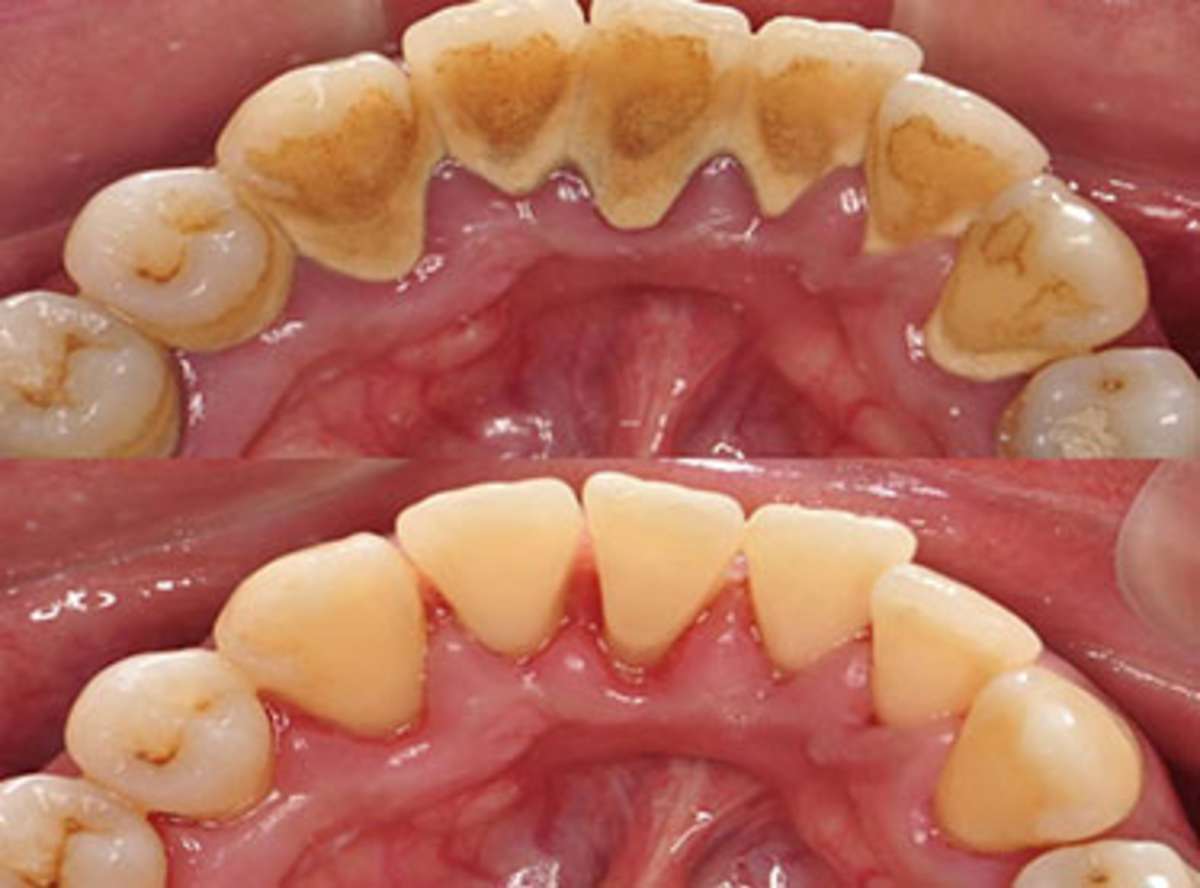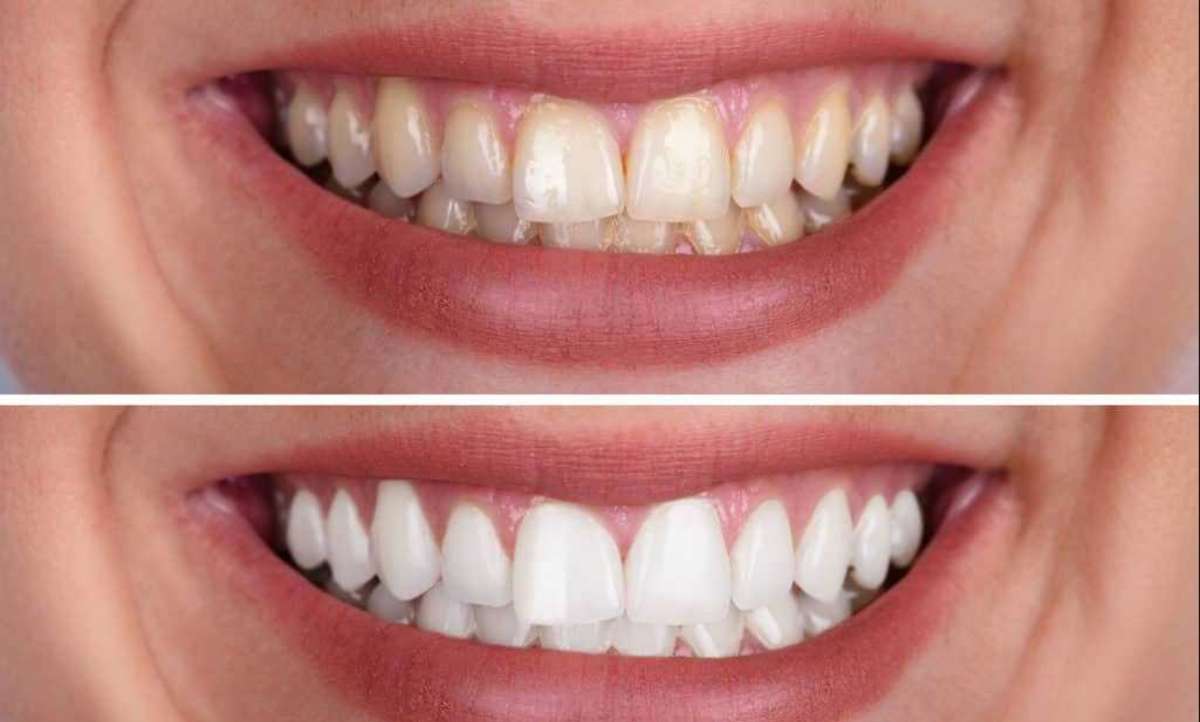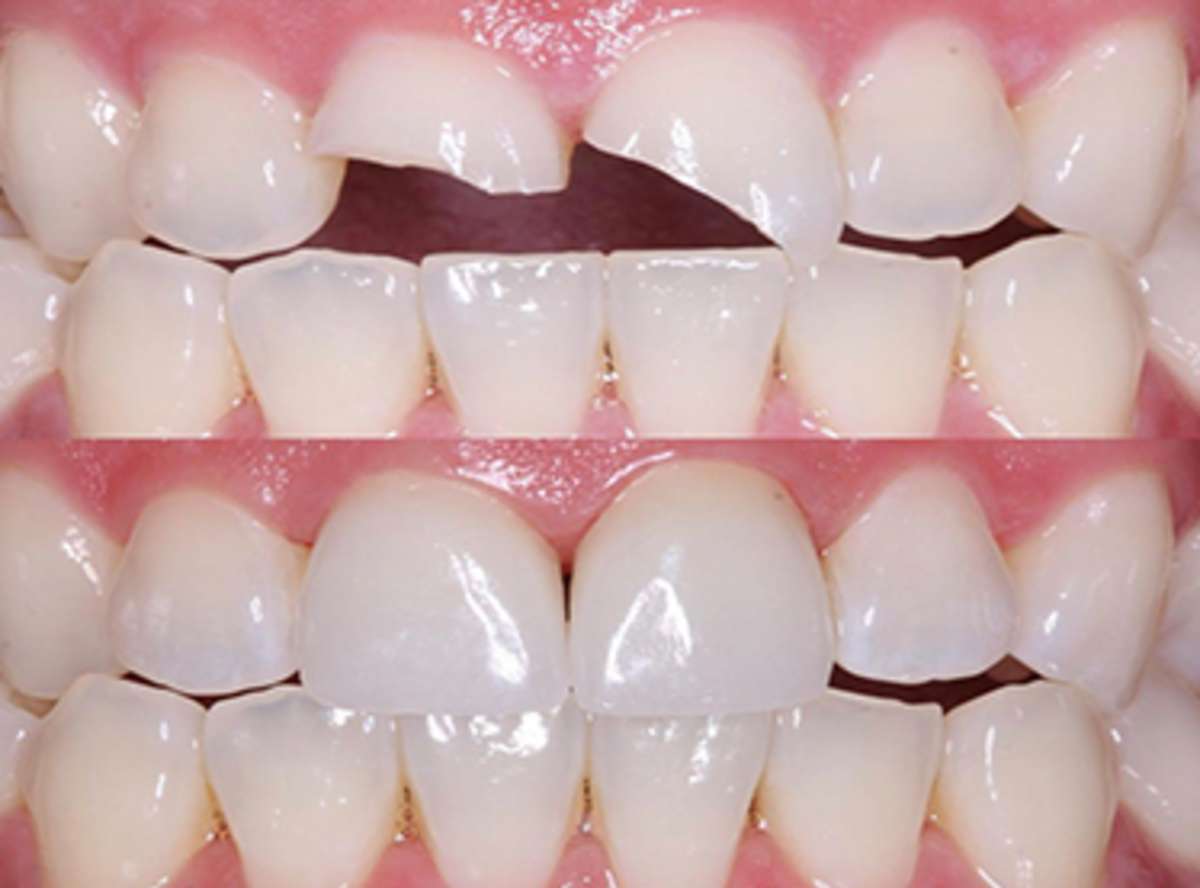Open bite is a condition which occurs when the upper and lower teeth don’t align with each other while closing the jaw. Due to this misalignment it creates a gap between upper and lower teeth. Visiting the best dentist in India can help evaluate your oral health and determine your dental condition. Hence this condition comes with difficulty in biting and other dental problems that we discuss below.
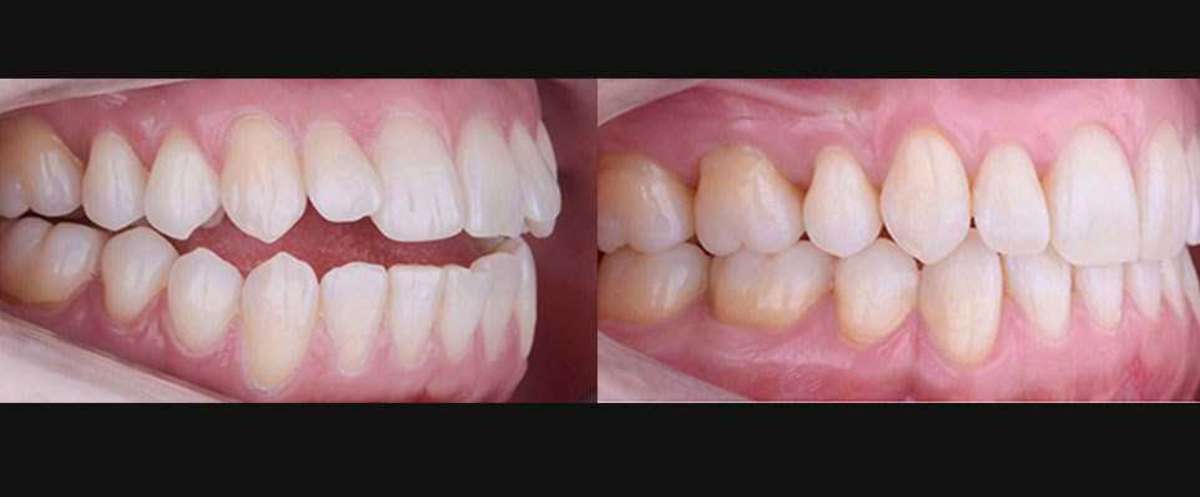
Types of Open Bite:
There are four types of open bite in which two are most important – Anterior open bite and posterior open bite. Of which Anterior is the most common type.
1.Anterior Open Bite: Anterior open bite is when upper teeth and lower teeth don’t align anteriorly. That is when the incisors of Maxilla do not align with incisors of the mandible while closing the jaw which creates a gap in front of the mouth.
2.Posterior Open Bite: Posterior open bite is when upper teeth and lower teeth don’t align posteriorly. That is when the molars and premolars do not align while closing the jaw which creates a gap in the back of the mouth.
Open Bite can be classified as:
1.Dental Open Bite: Dental open bite occurs due to delay or malformation of the tooth during tooth eruption which affects the overall structure of the dental arch.
2.Skeletal Open Bite: Skeletal open bite usually associates with abnormal development of skeletal structure of face. It is mostly caused by genetic problems leading to irregular growth and development of jaw bones.
We recommend you to visit the best dental clinic in India to check your dental health and determine the condition of open bite.

Causes for Open Bite:
●Thumb sucking and usage of pacifiers for prolonged time can lead to Open Bite. This happens because of the constant pressure on the developing jaw bone leading to misalignment of the upper jaw with lower jaw.
●Tongue thrusting is also a similar bad habit where a constant force is exerted in front teeth with tongue. This also has a similar effect on teeth as thumb sucking and causes Open Bite.
●Temporomandibular joint disorder. Due to disorder in the joint, the risk of occurrence of Open Bite increases as this changes the movement of the jaw along with TMJ because of pain.
Other causes include –
● Mouth or jaw tumour
● Extra teeth or missing teeth
● Poor dental hygiene
● Bottle feeding for long periods
Treatment for Open Bite:
●Use of dental appliances: Often Open bite is treated with braces for kids and teenagers. Visiting the best orthodontist will be a wise decision to get customised treatment. Custom braces and retainers are customised according to your oral condition. Also the use of Invisalign aligners in India showed good prognosis in such cases.
●Also your dentist will suggest behaviour therapy in case of tongue thrusting. Generally dentists recommend combining behaviour therapy with braces to completely treat open bite.
●If necessary surgery is recommended in a few cases in which braces and behaviour therapy show no prognosis.
But it is best to visit the best dental clinic in Delhi having all the required procedures available at a single location for all your dental needs.

FAQs about Open Bite.
1.What is the best orthodontic treatment for open bite?
Your dentist recommends orthodontic treatment such as aligners, braces or retainers based on your condition.
2.Are there any side effects if an open bite is left untreated?
Yes. Open bite not only affects aesthetics, but also affects speech, eating and complete teeth health.
3.Is surgery necessary for treating open bite?
No, mild to moderate cases of open bite can be treated using teeth braces and behaviour therapy.


